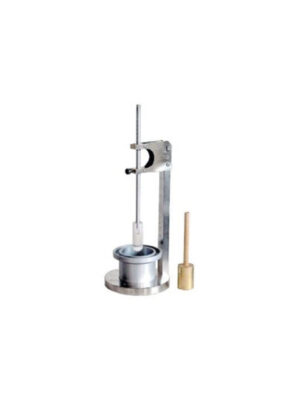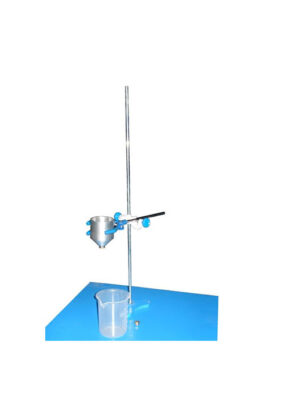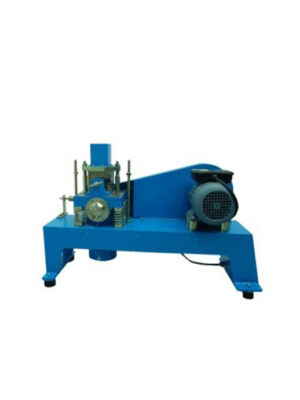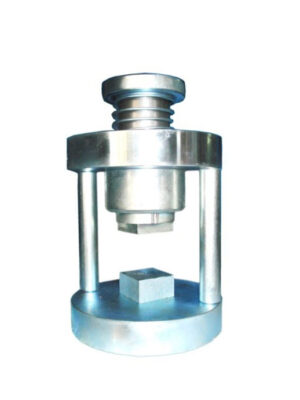Test set is used to determine the accelerated soundness (autoclave method) and length changes of 40x40x160 mm and other sizes of cement prisms.The set consists of length measuring frame, two or three gang steel mould according to therelated standard, steel inserts for moulds and reference rod. The set is available in two models one with 0,002mmx10mm analogue dial gauge, th e other one with 0.001mmx20 mm digital dial gauge.
| Model | JÇ- 014/1 | JÇ- 014/2 |
| Weight(kg) | 5.3 | 7 |
The shrinkage test set includes an analog length measuring frame, a digital height measuring frame, a mold with the dimensions of 25 x 25 x 285 mm, 10 steel inserts and a 160 mm long reference rod. The shrinkage test of the cement is carried out with the shrinkage test set in which these materials are combined.
In this context, the changes that may occur in the dimensions of the cement prisms are calculated, and the main principle in the set used during this calculation is to use the autoclave method. Thus, it is possible to determine the length change that will occur during the accelerated expansion of the cement piece and to have information about the length change.
In particular, the expansion coefficient is very important for the next process of these products, and it is also a determining factor in the durability of the structure in which the products that will pass these tests will be used.
It is very important for the data to be obtained by the use of this test set, which is produced in accordance with world standards, to be close to reality and to determine that the measured and evaluated materials comply with the standards.
In particular, it helps to determine the heat exchange conditions and the conditions that arise due to heat changes during the construction of the building or other structure in which the cement will be used, by carrying out these tests correctly and in accordance with the standards.
In particular, the durability of the structures to be used is determined according to the data obtained as a result of these tests, and it is not recommended to use products that will not be durable when used in structures, but during construction.
For this reason, during these tests, it should be done with devices that will not cause problems when performing durability or technical measurements or the data obtained will give realistic results.
Shrinkage Test Working Principle
Analogue and digital components have a very important place in the working principle of the shrinkage test test, especially during the measurement of the cement prism. For those who will use it in this context, whichever is more convenient and easier, that component should be preferred.
The most basic purpose during the process is to determine what size the mortar will reach after protection and how the main size mortar has undergone a change. that is, the size difference between the wet cement when it dries is determined.
At the same time, the result of the alkali silica reaction is examined and the substances in the mortar are determined.
Thus, the use of products that pass all tests in buildings is very important for the detection of damage that may occur in structures according to earthquake or other pressure situations. Otherwise, it means that the cement used in the demolition of the buildings by not being able to withstand the pressure such as plaster cracks or earthquakes seen in most buildings does not pass the correct measurements and is not produced in accordance with the standards.
It is important to pay attention to the measurement steps, which are very important in order to carry out quality measurement, and to complete these steps completely. The fact that the devices used do not have a margin of error ensures that the data to be obtained are real data.
















Reviews
There are no reviews yet.